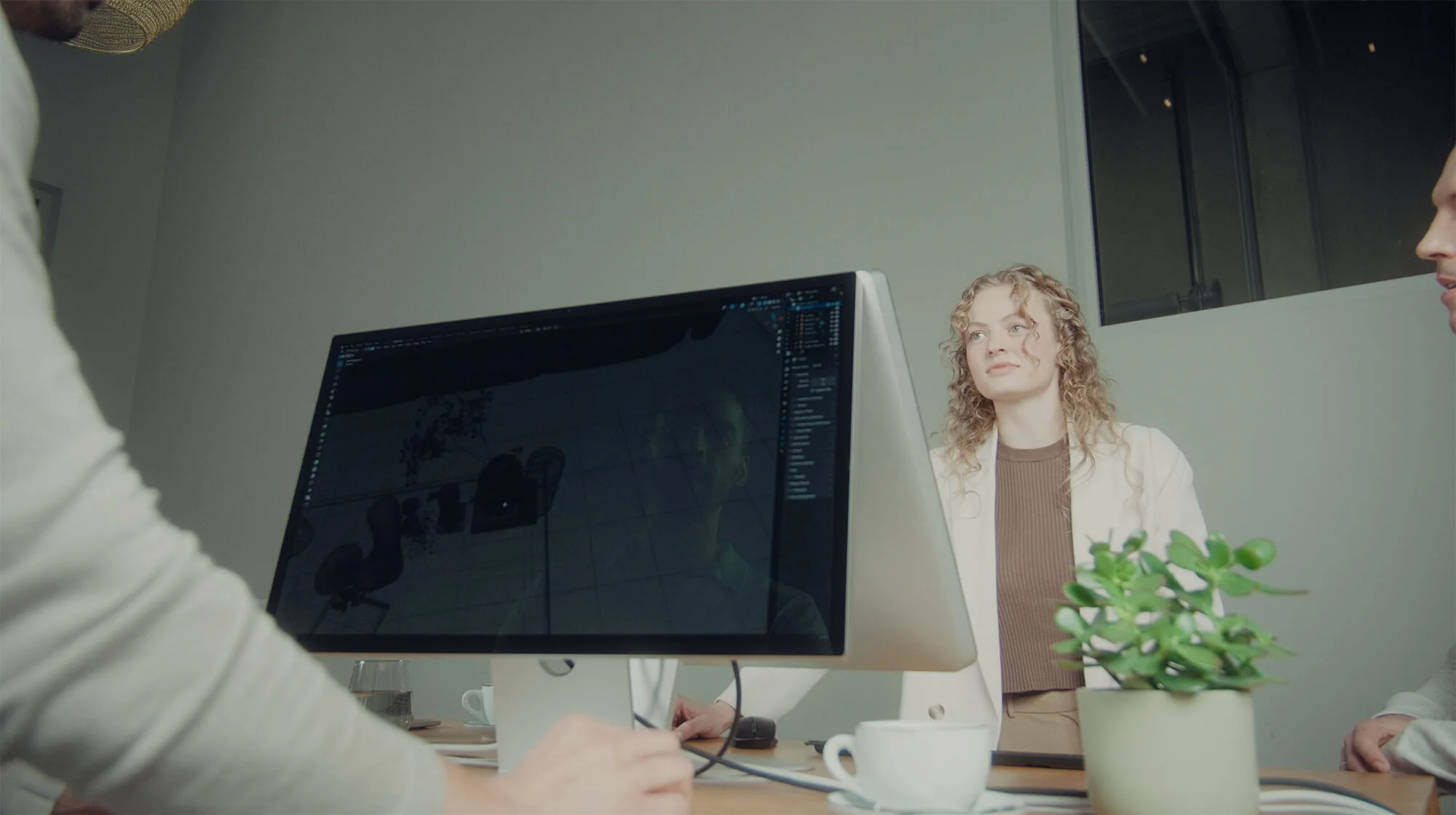What is Brand Experience (BX)?
Brand experience describes all the sensory and emotional impressions that people gain of a brand across all touchpoints - in-store, online, on social media, at trade fairs, in AR/VR and even during unboxing. In the home & living context, material, light, space and interaction have a particularly strong impact on perception. 3D/CGI makes these impressions consistently scalable.
